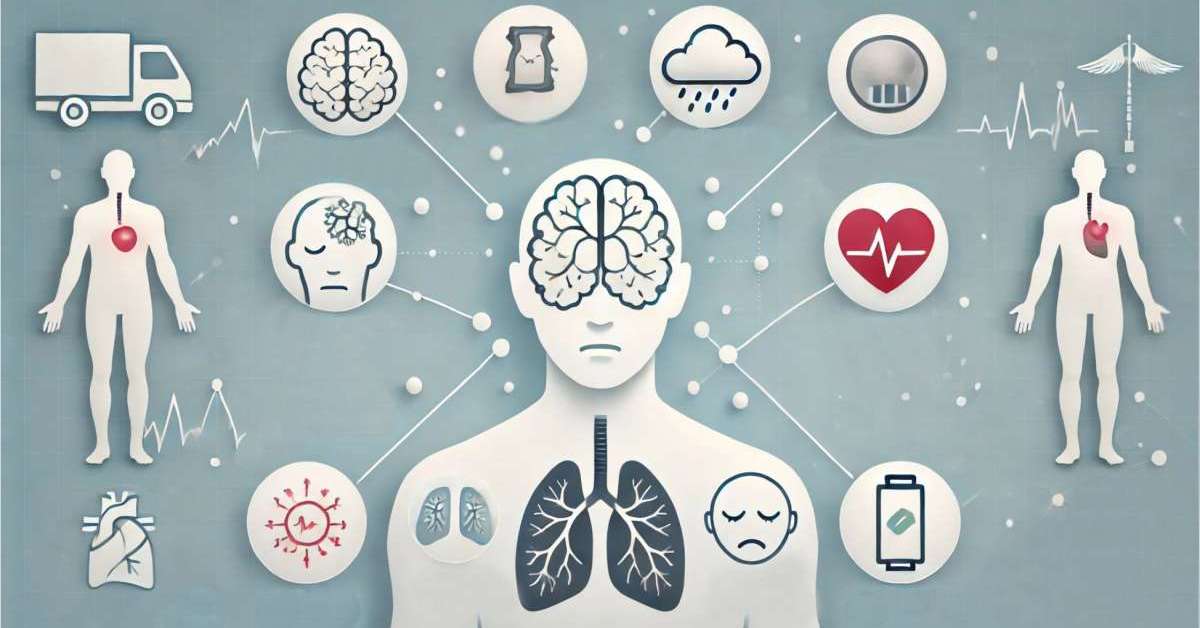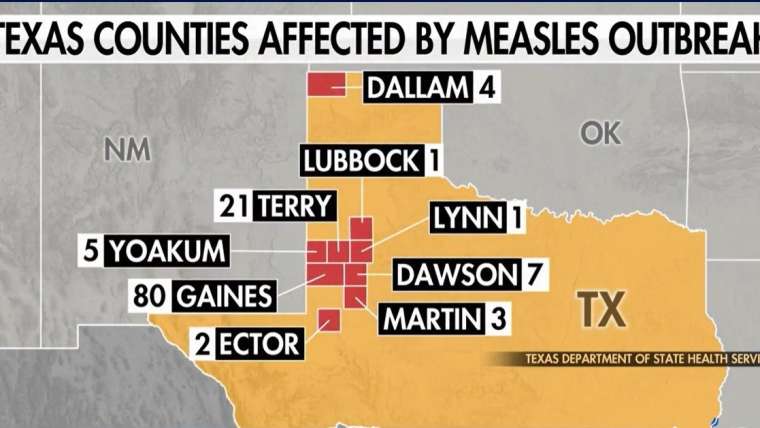
12 Key Symptoms of Long COVID — and What to Do About Them (Backed by the Latest Science)
What is Long COVID? Discover the 12 defining symptoms of Long COVID, based on the latest research, and explore expert-backed steps for diagnosis, management, and recovery.
We thought we knew COVID-19. But for millions, the virus had a sequel.
It’s called Long COVID—a complex, lingering condition that can affect nearly every part of the body long after the initial infection is gone.
According to the CDC’s most recent data, roughly 1 in 10 adults who’ve had COVID-19 experience long-term symptoms, sometimes for months or even years. In 2025, with more studies and patient data available than ever before, we’re finally starting to understand what it is—and how to manage it.
What Is Long COVID?
Also known as Post-Acute Sequelae of SARS-CoV-2 infection (PASC), Long COVID is a broad term that refers to symptoms lasting more than three months after a confirmed or suspected COVID-19 infection.
These symptoms can be mild or disabling, and they often fluctuate or relapse—making diagnosis and treatment challenging.
The 12 Core Symptoms of Long COVID (According to NIH Research)
In 2023, one of the largest NIH-supported studies identified 12 symptoms that most reliably define Long COVID. These symptoms were selected from over 50 commonly reported complaints across 10,000+ patients.
- 1. Post-exertional malaise (PEM) – Worsening of symptoms after minimal activity or exertion.
- 2. Fatigue – Persistent, deep exhaustion not relieved by rest.
- 3. Brain fog – Difficulty thinking clearly, memory lapses, or poor concentration.
- 4. Dizziness – Often when standing, related to dysautonomia.
- 5. Gastrointestinal issues – Including nausea, bloating, diarrhea, or loss of appetite.
- 6. Heart palpitations – Irregular or racing heartbeat, especially when upright.
- 7. Loss or change in smell/taste – Including phantom smells (phantosmia).
- 8. Chronic cough – Persistent dry cough lingering for months.
- 9. Chest pain – Often non-cardiac, caused by inflammation or nerve irritation.
- 10. Abnormal movements – Tremors, jerking, or internal vibrations.
- 11. Sleep disturbances – Trouble falling or staying asleep, or unrefreshing sleep.
- 12. Anxiety and depression – Both as a result of and contributor to Long COVID.
Who’s at Risk for Long COVID?
While anyone can develop Long COVID, research has found certain groups to be more vulnerable:
- People who had severe COVID-19 infections
- Individuals with multiple COVID infections
- Women, especially under 50
- Those with autoimmune conditions
- Unvaccinated individuals at time of infection
That said, even young, healthy individuals with mild COVID have experienced long-term symptoms. Listen to your body.
What Causes Long COVID?
There’s no single cause—but leading theories include:
- Viral persistence – Small fragments of the virus may linger in the body, triggering immune response.
- Autoimmune activation – COVID may confuse the immune system into attacking healthy tissue.
- Microclots – Tiny clots may impair circulation in critical organs.
- Dysautonomia – Malfunctioning of the nervous system controlling automatic body functions.
- Reactivation of latent viruses – Like Epstein-Barr virus (EBV).
How Is Long COVID Diagnosed?
There is no definitive lab test. Diagnosis typically involves:
- A history of prior COVID infection (confirmed or probable)
- Symptoms persisting 3+ months post-infection
- Ruling out other possible conditions (thyroid issues, anemia, etc.)
Many specialized Post-COVID Recovery Clinics now offer coordinated care across specialties.
How Is Long COVID Treated?
Treatment is symptom-specific and often involves a team of specialists. Here’s what works for many:
Pacing & Activity Management
Use heart rate monitors or activity journals to avoid post-exertional crashes. This is key for managing PEM and fatigue.
Targeted Medications
- Beta-blockers (for heart palpitations or POTS)
- SSRIs or SNRIs (for anxiety, pain, and mood regulation)
- Low-dose naltrexone (experimental but promising for inflammation)
Physical Therapy
Specialized rehab (not aggressive cardio) can help gradually rebuild strength.
Mental Health Support
Therapy, CBT, support groups, and even mindfulness techniques can help patients cope with chronic illness stress.
What You Can Do Right Now
- Track your symptoms – Use a journal or app to record daily patterns.
- Find a Long COVID-informed provider
- Seek out a support community – Try Facebook groups, Reddit, or nonprofit orgs.
- Stay informed – Follow official channels like the NIH RECOVER project.
- Be gentle with yourself – Healing is nonlinear. Small steps count.
FAQs about COVID-19 and Long COVID
How long does COVID last?
For most people, acute COVID-19 symptoms resolve within 5 to 10 days. However, fatigue and mild symptoms can linger for up to 4 weeks. If symptoms persist beyond 12 weeks, it may be considered Long COVID.
How long do COVID symptoms last in 2025?
In 2025, most COVID-19 cases resolve faster due to widespread immunity and better treatments. But for some, symptoms may persist—especially in cases where the individual has an underlying condition or has been reinfected. Long COVID remains a concern regardless of variant.
How long is COVID contagious?
According to the CDC, most people are contagious for up to 5 days after symptom onset. Some may remain infectious for up to 10 days. Long COVID symptoms, however, are not contagious but are post-viral responses.
How long are you contagious with COVID?
It depends on your immune response, viral load, and whether you’re immunocompromised. In general, isolation is recommended for at least 5 full days, with mask-wearing for 10 days total.
Final Thoughts
Long COVID isn’t rare, and it’s not “in your head.” Millions are navigating it—and with more awareness, research, and support, better answers are finally emerging.
If you’re dealing with post-COVID symptoms, you’re not alone. Keep pushing, keep advocating, and don’t settle for dismissal. Your health matters.



